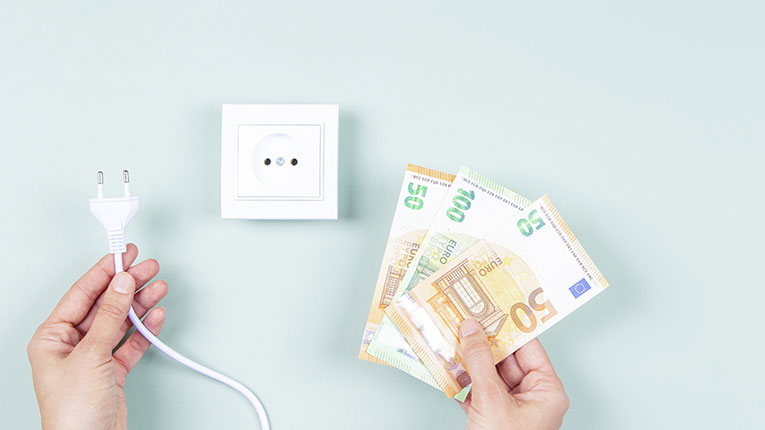The accelerating rise in energy prices in recent months and the impact of the war in Ukraine require EU member states and the European Commission to take swift measures to mitigate the financial impact on final consumers and companies facing increased production costs, PwC Romania representatives say.
“A beneficial measure that can be adopted by Romania, which is in line with the provisions of the European VAT Directive and which has already been adopted by other Member States, is to reduce the VAT rate for the supply of natural gas, electricity or energy for heating. This would apply to deliveries made by distribution companies to final consumers. Although bills have been submitted to Parliament for debate, a project regarding the 5% VAT rate for deliveries of leaded, unleaded petrol, liquefied petroleum gas and diesel has been debated in the Senate,” says an analisys signed by Inge Abdulcair, PwC Romania Director, and Emilia Dănilă, PwC Romania Manager.
According to PwC specialists, the reduction of the VAT rate to 5% would lead to a decrease of the invoices of about 12%. “Romania’s adoption of the 5% reduced VAT rate for electricity and natural gas would have a direct positive impact on household consumers, by reducing the final value of bills,” the analysis reads.
At the same time, lowering the VAT rate to 5% would have a side effect on distribution companies that will apply a reduced VAT rate to final consumers, but will pre-finance 19% of the VAT on purchases. Although bills have been submitted to Parliament for debate, the measure has not yet been adopted.
At the same time, in order to mitigate the impact of the increase in thermal energy prices delivered to the population and other categories of consumers, Romania adopted, by Emergency Ordinance no. 130/2021, the reduction of the VAT rate to 5% only for the delivery of thermal energy in the cold season starting with January 1, 2022.
